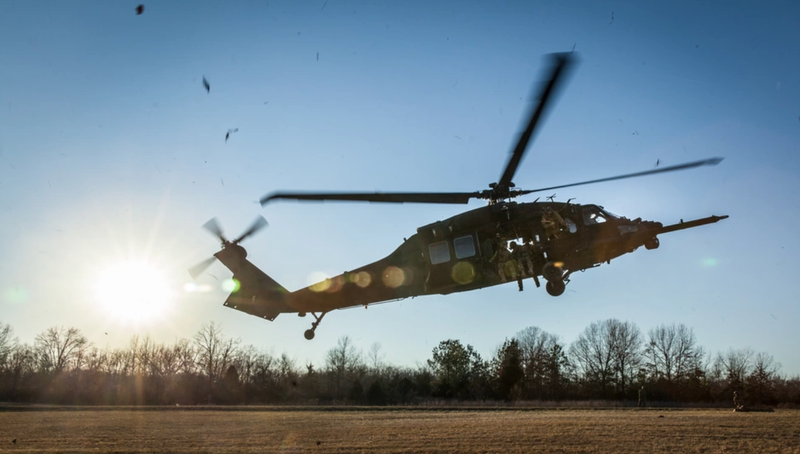
Chaos reigned in Sudan as fighting broke out between the Army and the paramilitary Rapid Support Forces (RSF) as they mobilized their forces around the country. Nominally under the control of the Army, the RSF went rogue and fighting was reported near the Presidential palace. Perhaps none of this should come as a surprise considering the RSF's origins in the janjaweed militias and their connections to Russia's Wagner group, both of whom have committed human rights atrocities.
The fighting in Khartoum left Americans and other foreign nationals stranded and cut off as the paramilitary and military forces fought to control the city and the airport. However, according to two DOD sources who spoke to Connecting Vets on the condition of anonymity, it was Chairmen of the Joint Chiefs Gen. Mark Milley and AFRICOM commander Michael Langley who spoke to both the RSF and the Sudanese Army to calm down both sides and make for an easy evacuation.
The White House, and the Pentagon, were extremely sensitive about perceptions that Khartoum would be a repeat of the disastrous withdrawal of Afghanistan in which Afghans attempting to flee Taliban control fell from a U.S. Air Force aircraft in flight, and 13 Marines were killed when an IED went off at the Hamid Karzai International Airport (HKIA) in Kabul.
Planning for embassy evacuations begins long before an emergency occurs. Such contingency plans are usually updated once a year and include scouting out escape routes, identifying landing zones for aircraft, and other measures that go into preparing for the worst. CIA personnel and 3rd Special Forces Group soldiers conducted much of this work before and during the evacuation.
With fighting in Sudan breaking out on April 15, it became clear that some type of evacuation would have to occur by April 20. In the initial stages, the planned evacuation only included about 100 embassy personnel according to two DOD sources which was problematic because there were also thousands of US aid workers and other American citizens in the country.
While the 82nd Airborne Division was scrambling to prepare Immediate Response Battalion 1 (IRB1) for deployment, 3rd Special Forces Group was already in the air. IRB1 was dealing with multiple headaches despite having successfully launched in response to the American Embassy in Baghdad coming under attack and even Black Lives Matter protests in Washington D.C. in 2020.
It was believed that the RSF had captured Short Range Air Defense (SHORAD) systems around the airport, and had access to man-portable air defense missiles (such as SA-7s) which could pose a threat to landing American aircraft.
IRB1 was also struggling to get the equipment needed for such a deployment because many of their vehicles were rigged up for an upcoming airborne training exercise, however, this operation would not involve a parachute insertion, so equipment had to be borrowed from other battalions, a U.S. military source explained to Connecting Vets.
Meanwhile, nearly a company's worth of Green Berets from 3rd Special Forces Group hit the ground in Khartoum on Saturday, and with elements of SEAL Team Six evacuated U.S. embassy personnel.
The issue of the aid workers, other U.S. citizens, and allies (particularly Canada, the UK, Korea, and Turkey) who were also asking for help escaping from Sudan needed to be resolved. A large-scale Non-Combatant Evacuation (NEO) conducted with coalition partners was considered, using resources stationed in Djibouti.
By Sunday, the Biden Administration, and the military itself had developed the situation further and decided on the next steps. Lt. Gen. Chris Donahue gave the order to stand down IRB1. Seeking to avoid negative optics around another evacuation operation, the White House decided to use the 5th Fleet to conduct any further evacuations out of Port Sudan, two military sources explained. Reporters would be denied photographs of U.S. military helicopters over Khartoum after all.
"They are scared of HKIA's shadow," a military source told Connecting Vets.
Want to get more connected to the stories and resources Connecting Vets has to offer? Click here to sign up for our weekly newsletter.
Reach Jack Murphy: jack@connectingvets.com or @JackMurphyRGR.

